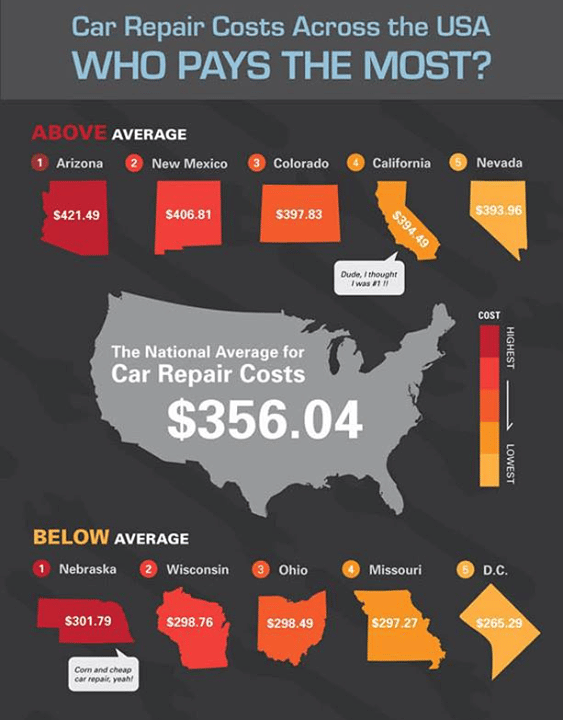Analyzing Your Automobile'S Alert Lights: Their True Implications
Analyzing Your Automobile'S Alert Lights: Their True Implications
Blog Article
Post Developed By-Faulkner Dalgaard
When you lag the wheel, those glowing caution lights on your dashboard can be a bit puzzling. Do you know what they're trying to tell you regarding your auto's health and wellness? Recognizing the importance of these lights is essential for your safety and the durability of your automobile. So, car detailing nz among those lights appears, would not you intend to decipher its message accurately and take the needed actions to address it?
Common Caution Lighting and Interpretations
Determine typical warning lights in your vehicle and recognize their meanings to make certain secure driving.
One of the most typical warning lights consist of the check engine light, which indicates problems with the engine or exhausts system. If this light comes on, it's critical to have your vehicle checked immediately.
The oil pressure warning light suggests reduced oil pressure, calling for prompt focus to prevent engine damage.
A flashing battery light could suggest a defective billing system, potentially leaving you stranded if not resolved.
The tire stress surveillance system (TPMS) light alerts you to reduced tire pressure, influencing car security and gas effectiveness. Neglecting this could result in harmful driving conditions.
The ABS light shows a problem with the anti-lock stopping system, jeopardizing your capability to quit quickly in emergency situations.
Finally, the coolant temperature level cautioning light warns of engine getting too hot, which can lead to extreme damage if not fixed swiftly.
Understanding these usual warning lights will assist you deal with issues promptly and preserve safe driving problems.
Value of Prompt Focus
Recognizing the usual warning lights in your automobile is just the first step; the importance of without delay resolving these cautions can't be highlighted enough to ensure your safety and security on the road.
When a caution light brightens on your dashboard, it's your auto's means of interacting a prospective concern that requires interest. Ignoring these cautions can result in more serious issues down the road, endangering your security and potentially costing you a lot more out of commission.
Trigger interest to cautioning lights can protect against malfunctions and mishaps. As cut and polish car near me , a blinking check engine light could indicate a misfire that, if left unattended, might cause damage to the catalytic converter. Addressing this without delay can conserve you from an expensive repair work.
Likewise, a brake system alerting light could signal low brake liquid or worn brake pads, important elements for your safety when driving.
Do It Yourself Troubleshooting Tips
If you notice a warning light on your dashboard, there are a few do it yourself fixing suggestions you can attempt before looking for expert aid.
The primary step is to consult your car's guidebook to understand what the particular caution light suggests. Often the problem can be as basic as a loose gas cap activating the check engine light. Tightening up the gas cap might resolve the problem.
https://www.ky3.com/2022/01/11/auto-body-shops-ozarks-report-delays-scheduling-repairs-partly-due-supply-chain-issues/ is a low battery, which can cause numerous advising lights. Inspecting the battery connections for corrosion and ensuring they're safe and secure could deal with the issue.
If a caution light continues, you can attempt resetting it by disconnecting the car's battery for a couple of minutes and afterwards reconnecting it. Furthermore, inspecting your automobile's fluid levels, such as oil, coolant, and brake liquid, can aid repair alerting lights connected to these systems.
Conclusion
In conclusion, understanding your automobile's warning lights is crucial for maintaining your vehicle running efficiently and securely. By promptly addressing these alerts and knowing what they mean, you can avoid pricey fixings and prospective malfunctions.
Remember to consult your cars and truck's guidebook for specific information on each advising light and do something about it as necessary to ensure a hassle-free driving experience.
Stay educated, remain secure on the road!
